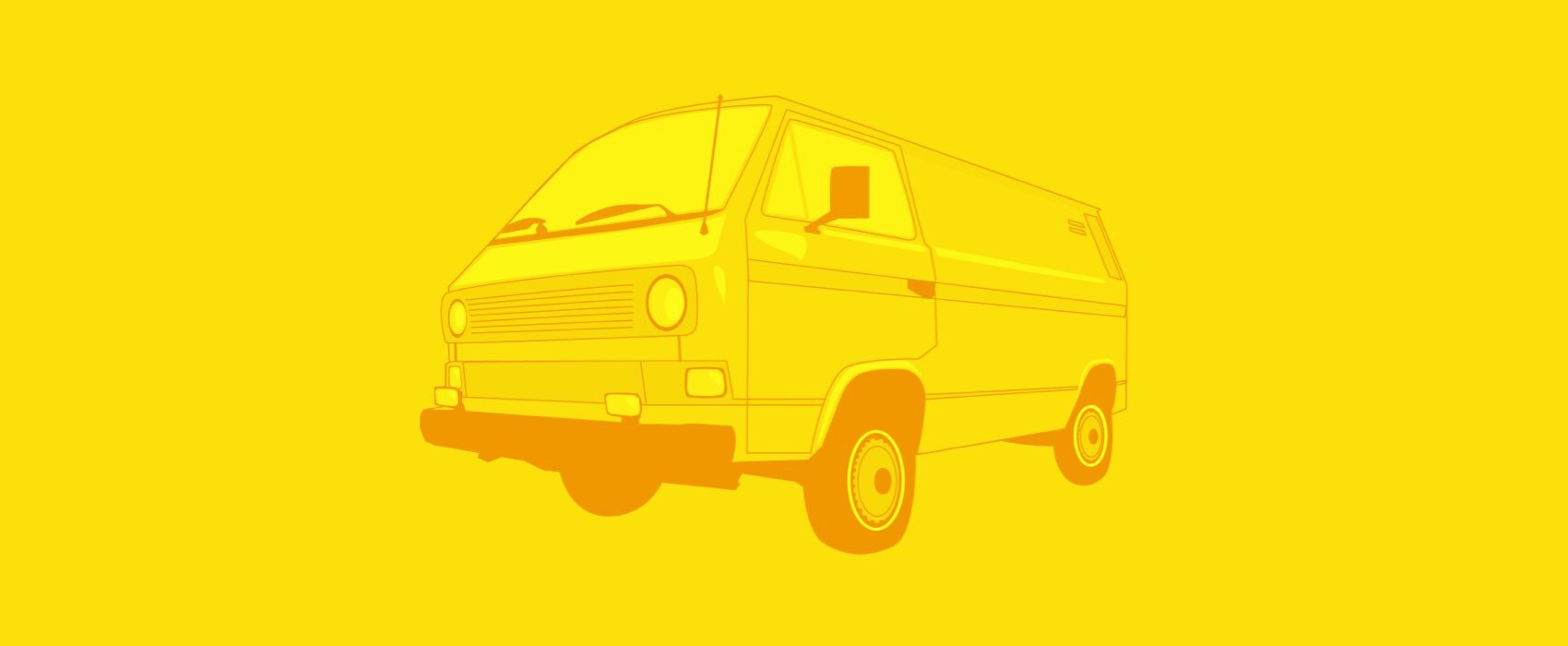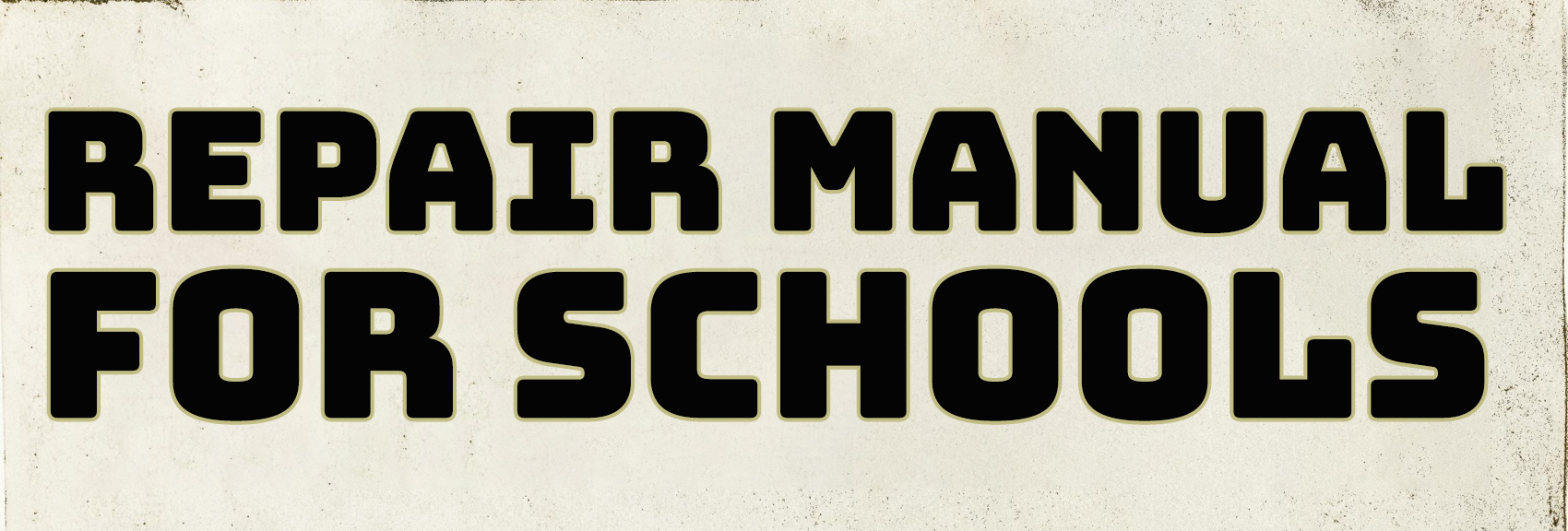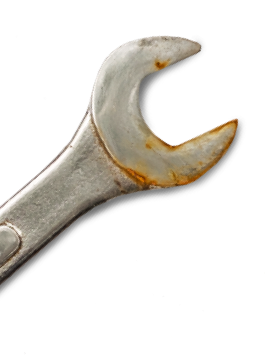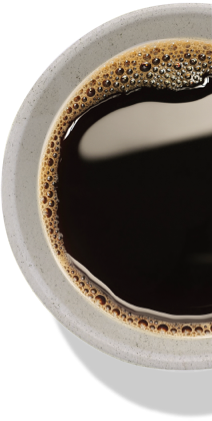
Manual
Welcome to being a user of the Repair Manual for Schools! In this manual we won’t focus on what you do at home or try to save the whole world, but we’ll concentrate on your school community. The goal is to make your own school more climate friendly. You’ll get to explore different angles to repairing the school: the role of the school in the big picture, the most significant sources of emissions in schools and how to affect them, what the school is doing bad and well in, and the shared journey to reach the goals.
The Repair Manual for Schools is a pedagogic environment for becoming a carbon-neutral school. It includes:
- climate exercices for students and teachers
- a model for a road map for a carbon-neutral school
- a school climate calculator
- handbook for a carbon-neutral school
Note! This version looks at the climate issues from the perspective of the Finnish education system.
The tutorial videos are so far only in Finnish, but you can find them on our YouTube channel.
Where do you want to start?
- Manual Table of Contents
- For the Student
- For the Teacher
- For the School Community
- 10 main points
- Why the Repair Manual for Schools?
- Contact us
- Current Topics
Manual Table of Contents
Below are briefly the contents of the manual.
- INTRODUCTION Why should the school be fixed?
- FOOD What can be eaten in a carbon neutral school?
- MOTION Are school trips possible if emissions are forbidden?
- INFRASTRUCTURE Do we need more apparatuses to save energy?
- ATTITUDE Who will fix our school if not us?
- DO-IT-YOURSELF What kind of know-how do you have for directing the school in a better direction?
- BUT-TOGETHER Can we build a carbon neutral school together?
For the Student
The Badges for Students section (Do-it-yourself) of the Repair Manual for Schools is a tool for upper secondary school students to acquire and show more encompassing climate know-how as a part of their studies through the know-how badge system—taking the school to a sustainable direction step by step at the same time. The exercises were made based on the transversal competence areas of the Finnish new curriculum (“Curriculum for general upper secondary schools in a nutshell”, 2021) and they form an entity the size of one upper secondary school course.
How to use the Repair Manual for Schools? Explore the themes, show your know-how, and get credits.
- Explore the theme in the section page (Introduction, Motion, Food, Infrastructure, Attitude).
- Show your climate know-how by completing know-how badges:
- either explain in an attached file earlier know-how you have acquired from, for example, collective activities
- either do exercises as a part of lessons (contact your teacher)
- or do exercises independently for earning a badge (The School Climate Expert know-how badge exercises via the Badges for Students page).
- If necessary, familiarize yourself with the advanced information in the handbook (link to handbook on the Badges for Students page, available so far only in Finnish).
- Get course credits for completing the entire manual by agreeing on it with your principal/coordinating teacher.
- You can also complement your climate know-how e.g. with these interesting courses:
- Lukiolaisen Ilmasto.nyt (available in English at Climate.now) and Ilmastoviestintä.nyt available for everyone with a guest account (More information at Climate University)
If you’re interested, contact us and we’ll see if it’s possible to complete the course at your school. The exercises are available for everyone. Don’t hesitate to contact us if there are any problems or you find something that could be improved!
For the Teacher
How can the Repair Manual be used in education?
The Repair Manual for Schools is a pedagogic environment for becoming a carbon-neutral school. It includes:
- climate exercices for students and teachers
- a model for a road map for a carbon-neutral school
- a school climate calculator
- handbook for a carbon-neutral school
For teachers the manual offers exercises for repairing the school to be used in lessons (Badges for Students page) which implement the transversal competence goals set in the Finnish LOPS21 (“Curriculum for general upper secondary schools in a nutshell”, 2021). Teachers can arrange courses for students or use individual exercises in lessons. Teachers and students can also take part in Badges for School Communities section designing the Road Map Towards carbon neutrality together with principals and other stakeholders.
The know-how badge list, badges as Word files, Background Manual, summary of badge contents and a PowerPoint presentation of the Manual can be found here (so far only in Finnish). You can comment directly in the files or send feedback here. If you can invent ways how the Manual can be used in other levels of education or other organizations, please tell us, so we can add tips in the folder for others.
Translations of badges and the Background Manual to English and Swedish coming later.
- You can use individual know-how badge exercises in lessons (instructions for application to different subjects coming). In Finnish pages, you can search for suitable exercices for your subject.
- You can assess students’ independent know-how badge performances via Open Badge Factory (available only for pilot upper secondary schools or if agreed upon).
- You can hold a course on all of the know-how badges on the Badges for Students page.
- You can also offer the students the opportunity to participate in other climate-themed courses built by us and our collaborative partners:
- Lukiolaisen Ilmasto.nyt (available in English at Climate.now) and Ilmastoviestintä.nyt available for everyone with a guest account (More information at Climate University)
- Notice also earlier climate learning materials made in the project that have, among other things, multidisciplinary Food related entities (In Finnish).
- Note! Excellent materials about e.g., multidisciplinary entities and from the perspective of different subjects in the Teacher’s climate guide.
Note! If you’re interested in using the know-how badges for educating, contact us. The exercises are of course free to use. Don’t hesitate to contact us if there are any problems or if you find something that could be improved!
For the School Community
How to include the school community in the change toward a more sustainable school? You can use Badges for Students to help increase students’ knowledge and skills, and Badges for School Communities for creating a mapping, vision, and routes together. The School Road Map operating model and the Carbon Footprint Calculator for Schools demo are now ready to be used.
The Road Map section of the Repair Manual is a tool and an online environment meant for improving the entire school, and they will be updated by the management and teachers in charge—the Road Map working group of the school. On the website you can explore the plans of other schools, share ideas and practices, and stay updated on how the journey toward carbon neutrality is progressing.
The Road Map of the School:
- Mapping out the current situation
- Action plan for reaching the goals
- Vision of a carbon neutral school
Note! If you’re interested in creating an account and your own school profile, please contact us.
10 main points
The Repair Manual for Schools summarized in 10 main points for repairing the school toward carbon neutrality:
- Change together: emphasizing the power of the community instead of individual or global level thinking
- The role of the school: the importance of upbringing for a sustainable future
- The origin of food: investigating climate friendly food, improving its availability in the school canteen
- Food waste: following the consumption and waste of food, utilizing the results
- School commutes: enabling and encouraging low-carbon commuting
- School trips: surveying and reducing school trip emissions, utilizing surroundings and communality
- Moderate use: surveying the need for new purchases and digitalization and their emissions, school infrastructure as a learning environment
- Scales: directing different size climate actions of the school infrastructure to different members of the school based on age and level of responsibility
- Attitude atmosphere: working on feelings and interaction, dialogical and argumentative discussions, learning from history and envisioning
- Working culture: carrying out together what has been planned in the curriculum and strategies, showing the actions and making them available for others to utilize, recognizing one’s own climate know-how
The themes can be put into practice for example
- In education and ordinary life, read more in For the Teacher above
- By founding Repair Teams from students, teachers, and other school members who will map out, plan, and carry out the actions
- By regularly organizing collective School Workshops where things can be progressed together with different parties
Why the Repair Manual for Schools?
There aren’t any upper secondary schools in Finland whose actions are directed by the principles of ecosocial education and sustainable development. You can find the themes in the curriculum, but when it comes to everyday life in the school, all that is left is Jargon with good intentions. If there is any action, it’s just an individual event to spice up everyday school life. Another action model is to bombard the students with the same topics in every subject with e.g., the climate crisis. Students will begin to detest and avoid climate topics. Do you agree?
Often the reason behind this is the adults who themselves are confused about the topic. It’s difficult to tell the youth about a future which may be worse than today. Teaching is difficult, when you don’t feel like you have mastered the convoluted big picture. It’s difficult to redesign almost everything. It’s easier to just continue the same way as before. But that may not be an option for a professional educator anymore.
With our manual we want to show the students and the staff what easily gets ignored in society. The preconditions for all action are set by the factors involved in the availability of matter and energy. Heating, water, clean air, lighting, food, and electricity—they are the physical learning environment of our project which exists like a hidden reality in schools at the moment. Related to this are the choice conventions, an invisible steering mechanism created by the school culture which e.g., makes the school decide to travel field trips by airplane and have the students choose red meat over vegetables.
The pedagogic idea behind the Repair Manual for Schools is simple. We all live in a society and structures that steer our actions. By changing these structures together we learn about the phenomenon, we notice the ecological preconditions of our daily lives, we can indicate the need for change, and most importantly—finally take action.
The Climate Upper Secondary Schools project follows in the footsteps of the Climate Change in Upper Secondary Schools! yelling emoticon. The earlier project made important groundwork in 24 upper secondary schools in North Ostrobothnia: together we created networks and materials, raised some thoughts, and mapped out difficult areas. Now it is time to take concrete actions to reduce the carbon footprint in our pioneering schools: we need impactful climate actions.
The Climate Upper Secondary Schools project has now ended, but we’ll continue updating these pages.
Contact Us
Contact us via our Opinvirta pages (the stream for sustainable future of the city of Oulu). The original translation by Johanna Pakaslahti, johannapakaslahti(a)hotmail.com.
Current Topics
Check out the development of the Repair Manual for Schools, the School Road Map, and the Carbon Footprint Calculator for Schools on our In English page.




